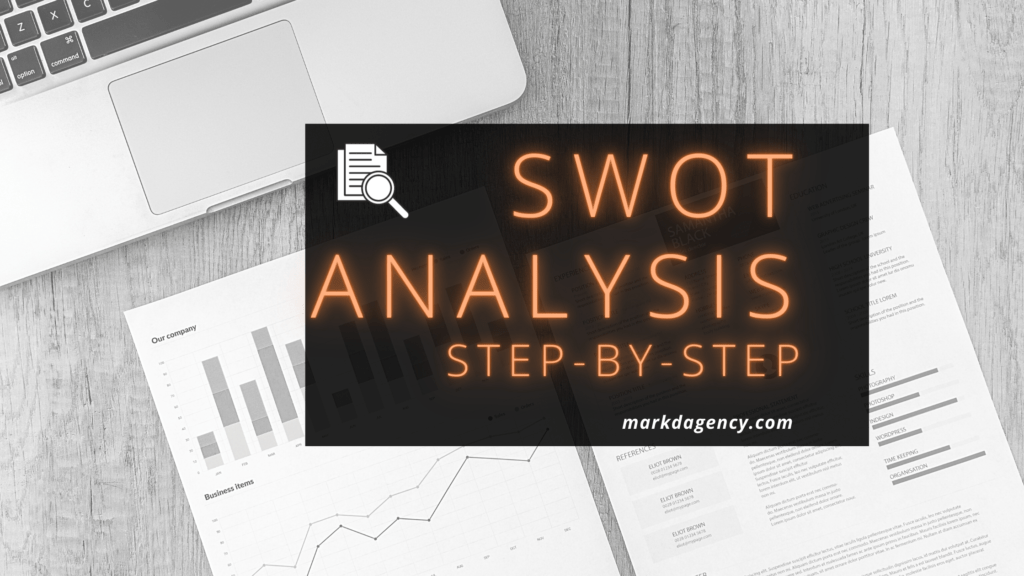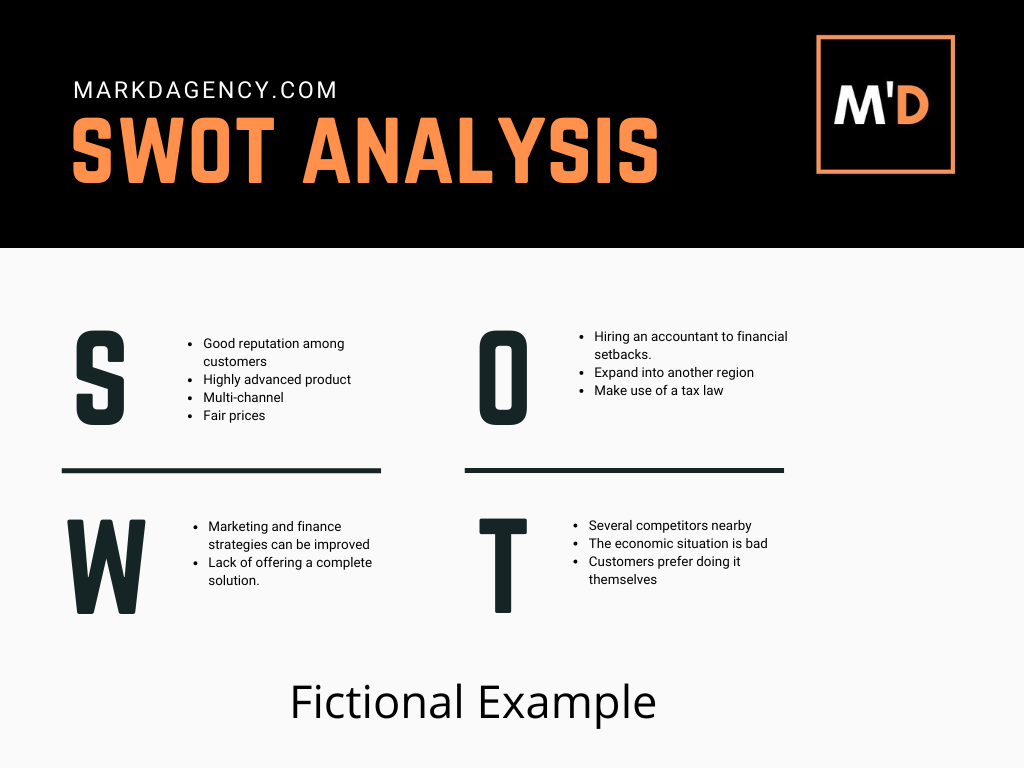The SWOT analysis is the perfect tool to measure your business. It will give you a clear perspective and you can use it to actively adjust your business. It should be at the core of any marketing or business plan. If you have your own business and might need a (future) financial investment, then you should also consider making a SWOT analysis. Banks and investors love the SWOT because it gives them a fast overview of your business.
In today’s article you will learn:
- What the goal of SWOT is
- Where the acronym stands for
- How to make a SWOT fast!
Enough chitchat, let’s make you a SWOT analysis!
P.S. Did you know that Coca-Cola used the SWOT for their commercials?
What Is A SWOT Analysis?
The SWOT analysis is a strategic management model that will help you identify the internal and external factors that impact your business. The internal factors can be influenced by your organization whereas the external factors lay outside your reach. After you have made your SWOT analysis you can use it to create or change your marketing strategy.
SWOT stands for: strengths, weaknesses, opportunities, and threats.
The strengths and weaknesses are the internal factors of the SWOT. This means that they come forth from your organization. You have a direct impact on these factors and are therefore accountable. To give you an example: the unique features of your product.
Opportunities and threats are external factors. You don’t or barely have influence. You are not accountable for these factors but you do have to deal with them e.g. regulations.
To keep it clean, use a maximum of 10 factors. So 10 for strengths, 10 for weaknesses, etc.
Internal Analysis (SWOT)
The internal analysis will be conducted on a 'micro-level'. This means it will come from the organization itself. To determine your strengths and weaknesses you have to identify the results of your marketing plan. The internal analysis will include the following subjects:
- Value chain: what is your competitive advantage? Where and how do you add value to your product? Map these in a flow chart.
- Marketing: how is your marketing doing so far? What are the results and are you satisfied by the market position you are at.
- Finance: is your organization financially healthy?
- Buyers: create a sheet where you rank your buyers with how revenue they provide for your business.
- Organization: analyze the strengths and weaknesses of your own organization
Your strengths will be features that make your business stronger in comparison to its competition. For instance: brand loyalty, unique product features, or a good distribution network.
Your weaknesses will focus on bottlenecks. Things that you want to improve about your organization. For instance: poor marketing, thin financial reserve, or dependent on only one customer.
External Analysis (SWOT)
The external analysis will be conducted on a 'meso and macro-level'. Meso level is sector-wide or a specific niche within your sector. The macro-level is a level higher. Macro is about the entire market and even factors like politics or economics. A good starting point is to look at the market and macro reports made by banks.
- Macro-level: how does the macro environment influence your organization? Think about factors like politics, economics, and regulations.
- Sector: identify the trends within your own sector. This can also be on a political, economic, and law basis.
- Competition: who are your competitors? And what do they do differently?
- Buyers: your buyer is both internal as external. You influence your buyer but they definitely influence your business too. Try to identify how they influence your business from an external view. Are buyers looking for substitutions for instance?
- Distribution: analyze your entire supply chain. Include your logistic partners but also your own distribution channels. It helps to put this in a flow chart.
Opportunities can be chances in your sector e.g. through innovation or technology. Threats can be a new competitor that is entering the market with force and pushing companies out of business. Try to be as thorough as possible when you research the external factors. Make use of different sources to increase the quality of your research. Never base your entire macro and meso analysis on one source. If they are wrong you could risk spending resources on it through your marketing activities.
SWOT Analysis Example
After Your SWOT Analysis - The Confrontation Matrix
The confrontation matrix is the follow up strategic model for the SWOT analysis. In this model you will confront your internal and external analysis and see whether or not you are a good market-fit. It's highly recommended to strenghten your marketing plan with the confrontation matrix. We made an article for you that explains the benefits and how you can make your own matrix FAST.
Learn how to make a confrontation matrix.
More Marketing Tips And Content?
- Do you want to learn more about marketing or level up your game? Read all about it on the branding blog.
- If you are interested in the best branding tools that we use, please feel free to check those out as well.
Best E-mail Marketing Tools
Did you know that e-mail marketing has the highest ROI (return on investment) of all digital marketing solutions?
There are many email marketing providers out there, that's why we decided to review the following:
- Read our Sendinblue review to get to know this rising star
- In our ConvertKit review you get to know why this is the favorite of online entrepreneurs




